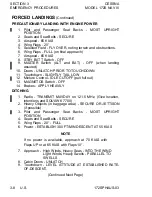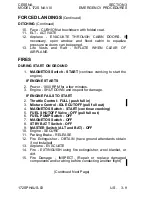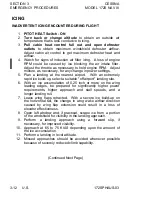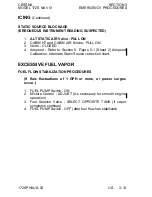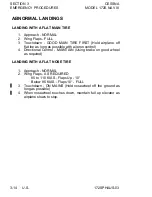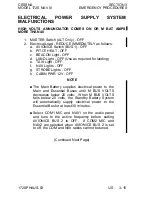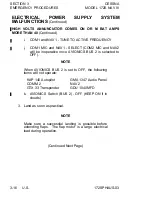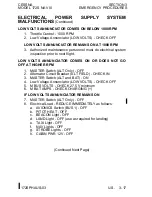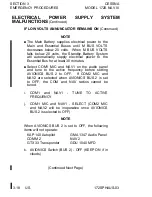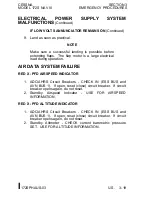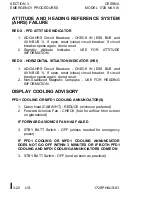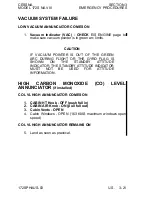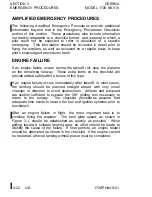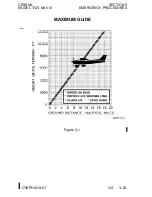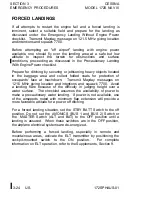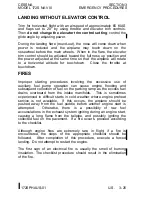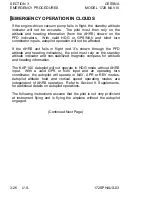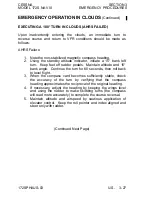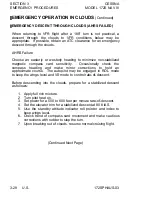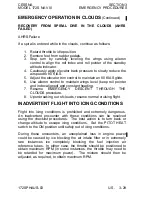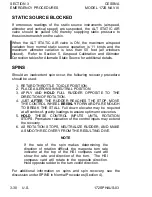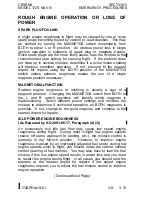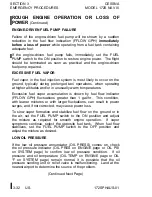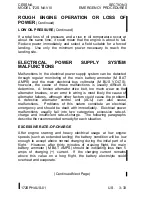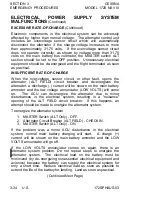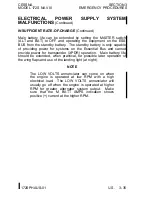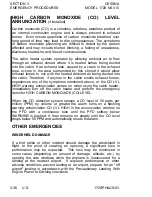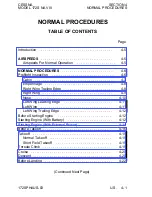
SECTION 3
CESSNA
EMERGENCY PROCEDURES
MODEL 172S NAV III
AMPLIFIED EMERGENCY PROCEDURES
The following Amplified Emergency Procedures provide additional
information beyond that in the Emergency Procedures Checklists
portion of this section. These procedures also include information
not readily adaptable to a checklist format, and material to which a
pilot could not be expected to refer in resolution of a specific
emergency. This information should be reviewed in detail prior to
flying the airplane, as well as reviewed on a regular basis to keep
pilot’s knowledge of procedures fresh.
ENGINE FAILURE
If an engine failure occurs during the takeoff roll, stop the airplane
on the remaining runway. Those extra items on the checklist will
provide added safety after a failure of this type.
If an engine failure occurs immediately after takeoff, in most cases,
the landing should be planned straight ahead with only small
changes in direction to avoid obstructions. Altitude and airspeed
are seldom sufficient to execute the 180° gliding turn necessary to
return to the runway. The checklist procedures assume that
adequate time exists to secure the fuel and ignition systems prior to
touchdown.
After an engine failure in flight, the most important task is to
continue flying the airplane. The best glide speed, as shown in
Figure 3-1, should be established as quickly as possible. While
gliding toward a suitable landing area, an effort should be made to
identify the cause of the failure. If time permits, an engine restart
should be attempted as shown in the checklist. If the engine cannot
be restarted, a forced landing without power must be completed.
I
3-22 U.S.
172SPHAUS-01

